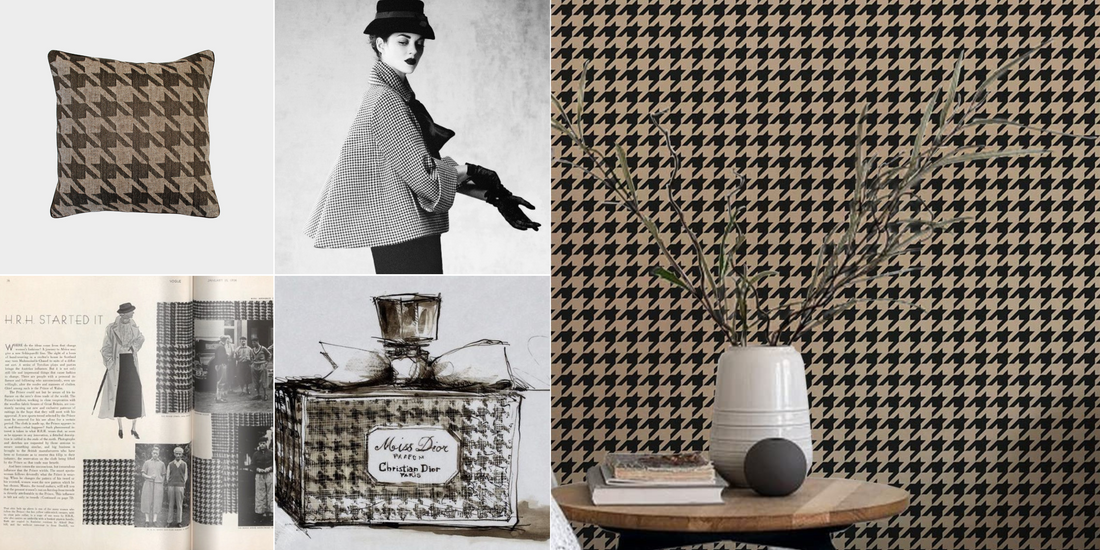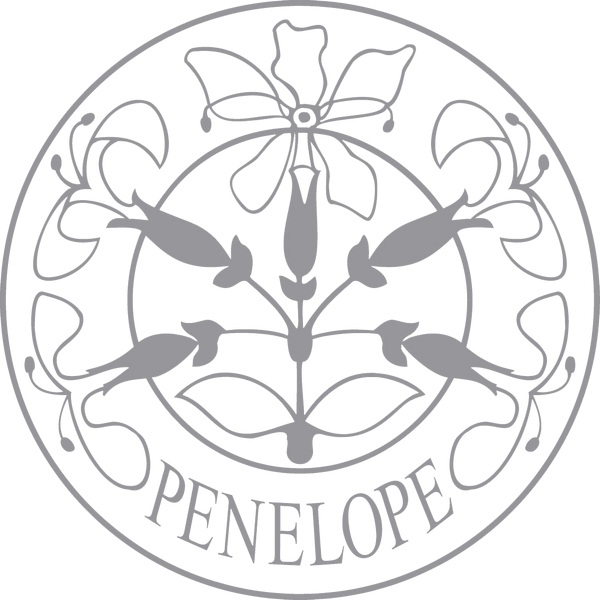
Houndstooth: from the catwalk to the living room
Born in Scotland around 1800, the term houndstooth actually derives from French and means "chicken's foot" and was called so precisely because its original texture immediately brings to mind chicken's foot.
Timeless and undisputed symbol of elegance, houndstooth is back in the limelight on the A/W 12-13 catwalks, confirming itself as one of the textures most loved by stylists, but houndstooth expresses its new playful life thanks to unusual color combinations. Imbued with contemporaneity, it certainly has no difficulty in finding new converts.
His own story
The pattern belongs to Scottish national history and seems to have spread on the Anglo-Scottish border, and therefore also called Border Tartan . The houndstooth is one of the oldest types of tartan, presumably used by individuals of neutral position in clan wars, in which the color and pattern of the clothes worn determined the family they belonged to.
According to the treatise The Costume of Scotland by John Telfer Dunbar, it was worn by Scottish shepherds for protective and camouflage purposes, because from a distance the colors of the pattern blend together.
In the early 1800s, however, it lost its utilitarian purpose and became the protagonist of scarves and skirts, then a popular pattern for interior decorations. It is Edward VIII, Prince of Wales , known for his particular taste for fashion, who gave popularity to the model in the upper echelons of society: in the January 15, 1934 edition of Vogue magazine the prince appears dressed in a standing dress. de-poule.

1934
Vogue - January 15, 1934 Edward VIII, Prince of Wales appears dressed in a houndstooth suit. - From the Vogue archives
From that date, houndstooth was adopted by the wealthy social classes as a symbol of wealth and elegance, to stand out from the crowd, also used as a pattern to cover furnishing objects.
Then comes 1947 and it is the year of Dior's New Look . Precisely in this period the designer consecrated houndstooth as synonymous with refinement and style, so much so that he decided to use it for the packaging of his most famous fragrance: Miss Dior .

1950
Miss Dior perfume, project sketch
From that moment on, this optical pattern was revived and adopted by various couturiers who, over time, made it a real trend. The 60s were decisive for the success of houndstooth. Thanks to a curious and methodical approach towards the future, a group of young artists gives life to an artistic movement whose focus is based on optical illusions: Optical Art.
Over many decades, this optical pattern was reinvented and reinterpreted also for sports clothing. Until 2011, Salvatore Ferragamo (F/W 2011-12) brings a glamorous and innovative houndstooth to the catwalk as a total look, coordinating bags and shoes and making it a real seasonal trend.

2012 Marion Cotillard photographed by Jean-Baptiste Mondino for Dior magazine autumn/winter 12.13
Despite some color experiments, on the catwalks, the primordial chromatic soul of houndstooth seems to prevail: black and white.
From the catwalk to the living room: houndstooth also in furnishings, when in the 60s Arketicom created a new classic resulting from pure Made in Italy craftsmanship : the Sessantotto beanbag in houndstooth.
Its structure
Houndstooth is a fabric obtained with a twill weave* and a particular order of colors in the warp and weft threads (groups of four black and four white threads alternate together).
* The twill weave is characterized by a diagonal design and the obverse and reverse appear reciprocal and different. Twill weave fabrics are particularly elastic and resistant, the best known of which are: denim, batavia (four-twill), houndstooth, tartan, tweed, piquet and gabardine.
Our collection
Penelope's houndstooth is created with a warp and weft of two different colours , not to be confused with a fabric with a houndstooth print, i.e. a single-colour fabric, on which the typical texture of this fabric is printed.
A more complex artisan process that gives preciousness, movement to the texture, and durability of the material.

1. Seletti - Trip table
2. Mr&Mrs Fragrance - Rechargeable car air freshener
3. HIP HOP - houndstooth watch
4. Fire design - Pied de poule blanc fire extinguisher
5. Folkroll - Small wooden rolling pin with houndstooth decoration
6. Creative Cable - Creative Switch Houndstooth single-pole wire-breaking switch
7. dnd® - Change handle, designed by Sandro Santantonio
8. Quy Cup - cappuccino cup
9. ZANOTTA - anatomical armchair SACCO SMALL (Anthracite - Houndstooth fabric)
10. Moleskine - Blend Limited Edition Notebook
11. Ralph Lauren - Pantone sunglasses
12. favi.it - Andromeda suspension, white/black/pied-de-poule
13. Penelope Tessuti - Decorative cushion Linen Panama Vintage houndstooth embroidery
14. Bisazza - Glass mosaic decoration, Opus Romano collection
15. Neva - steel backsplash and houndstooth pattern
16. Fulton - Birdcage 2 umbrella with houndstooth print
